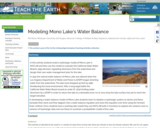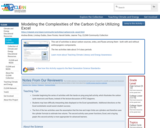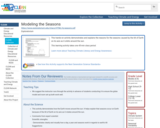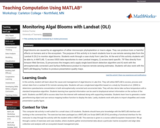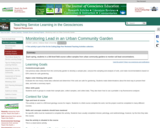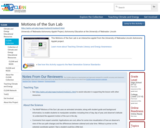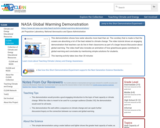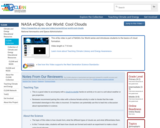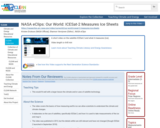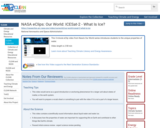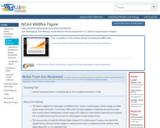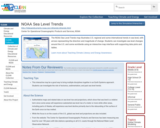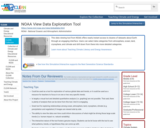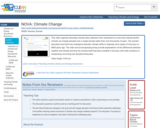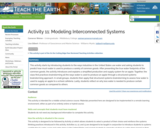
This activity starts by introducing students to the ways industries in the United States use water and asking students to predict how much water is used to produce a variety of common goods. After presenting the true water footprints of the common goods, the activity introduces and explains a simplified production and supply system for an apple. Together, the class first practices brainstorming all the ways water is used to produce an apple through a structured systems brainstorming approach. In small groups, students then apply that structured systems brainstorming to assess how water is used to supply an apple to a school cafeteria. Lastly, students reflect on why less water is needed to produce certain common goods as compared to others.
- Subject:
- Agriculture
- Career and Technical Education
- Environmental Studies
- Material Type:
- Activity/Lab
- Provider:
- Science Education Resource Center (SERC) at Carleton College
- Provider Set:
- Teach the Earth
- Author:
- Cameron Weiner
- Date Added:
- 01/20/2023
